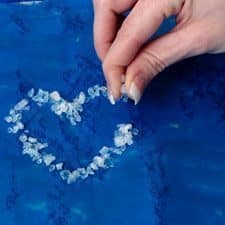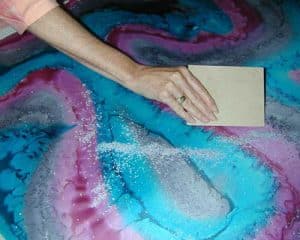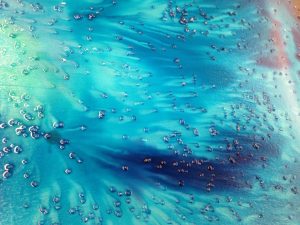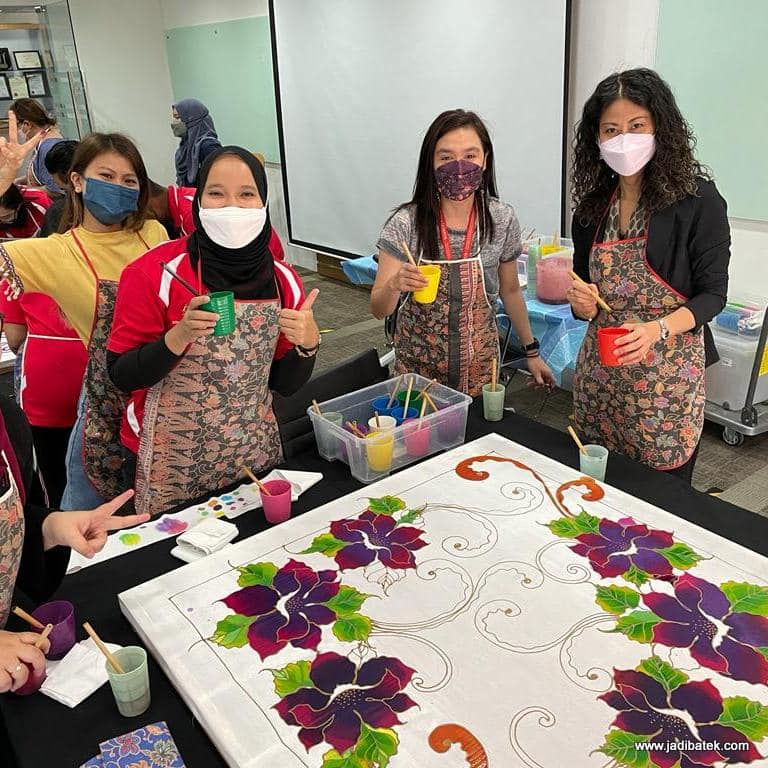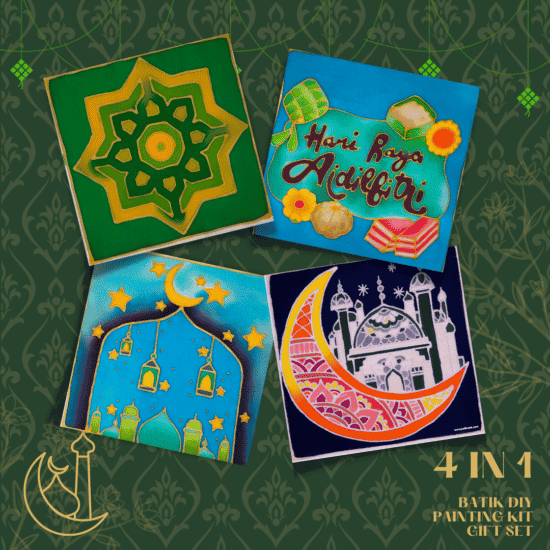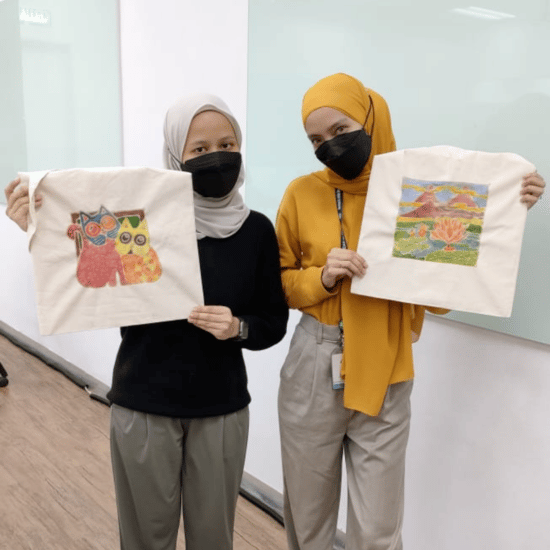Did you know, a little dash of salt can give the Batik art in creating fabric a whole new look. Create shapes, words, and more by following the salt resist tie dye technique.
How does it work?
Large salt crystals can have the same interesting effects on a finely woven cotton or rayon that they have on silk, but it will not work unless you use the right sort of dye or paint, and enough tension.
The way that salt works is by osmotically ‘sucking’ liquid toward it. Any unfixed wet dye or fabric paint will be pulled toward the dot of salt. The result is often a streak of lighter color pointing at a dot of intense color. You must first stretch your fabric or garment so that it is taut, for good effects; fabric that was puddled loosely will not allow clear streaks to appear. Salt effects will not work with dye or paint that strikes the fabric very quickly, before the salt can pull the color around on the fabric.
Unpredictable but beautiful results,
It can be difficult to control the effects you get with salt, unless, like some silk painters, you place individual crystals with a pair of tweezers, but you can’t go wrong if you just want something beautiful. On tightly stretched fabric, paint several colors, adjacent to each other and overlapping to make nice blends of colors, then, immediately, while it is still wet, sprinkle on whichever size of salt crystal to experiment with. Do not completely cover the fabric, but instead leave small or large spaces between the grains of salt. Allow the painted fabric to dry completely, brush off the salt, then set the color on your fabric with a fixer or sodium silicate for Batik methodology, whichever is required by your particular choice of dye or paint. The results will often look as beautiful as if carefully hand-painted by an expert with salt resist tie dye.

